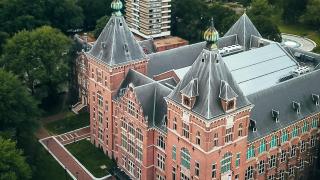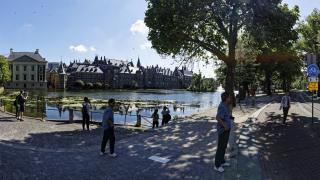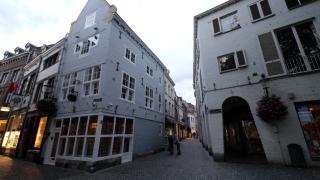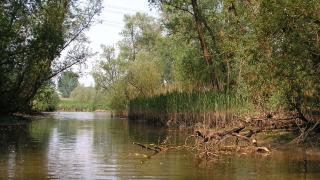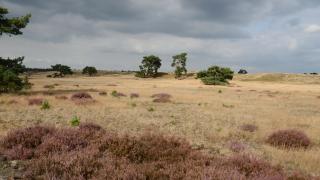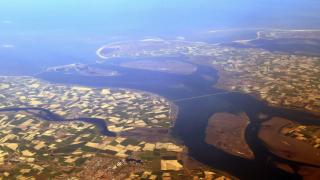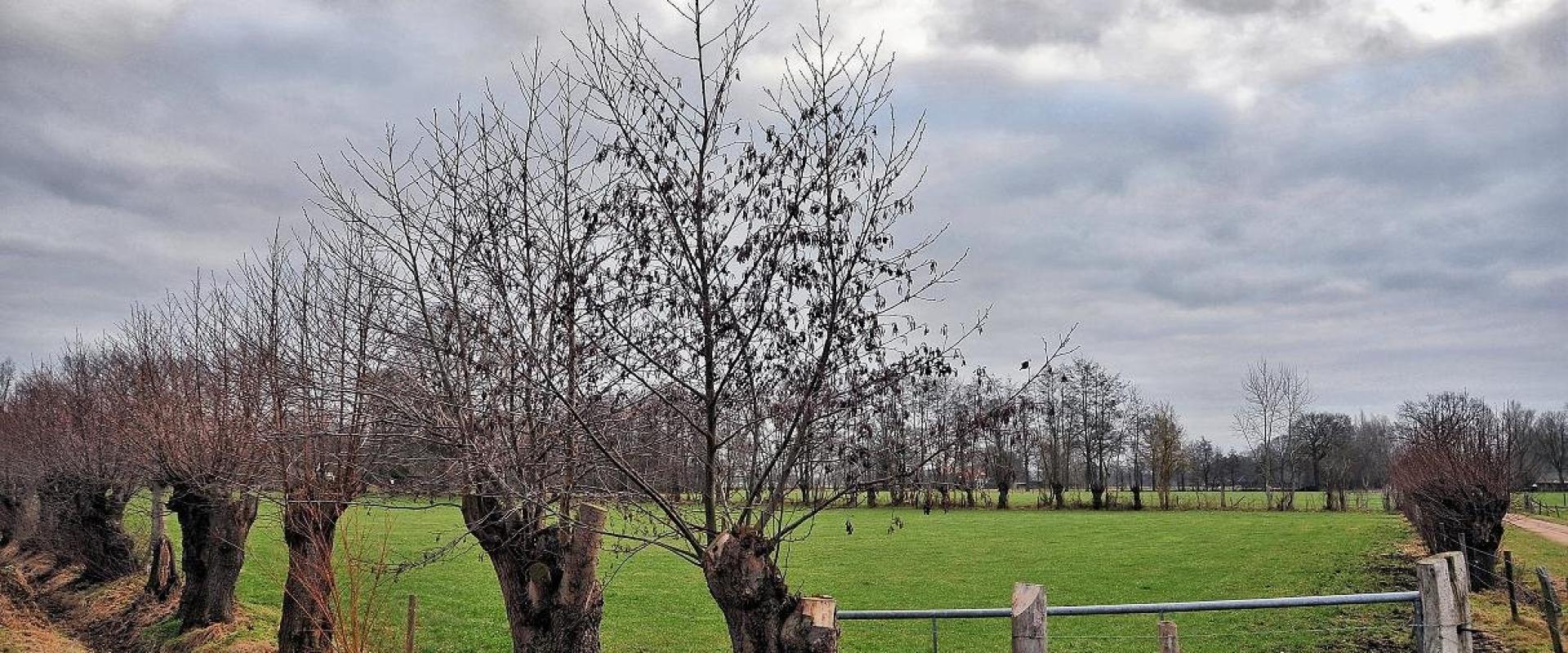Why Dutch Matters Here
Dutch is the only official language in the Netherlands. Government documents, street signs, and public transport use Dutch. All legal contracts and rental agreements are in Dutch. English is widely spoken, especially in Amsterdam, Rotterdam, and Utrecht. However, Dutch is used in daily life everywhere, from supermarkets like Albert Heijn to local cafés.
Key facts:
- 90% of Dutch people speak English, but Dutch is the language of daily business and administration.
- Supermarket receipts, train tickets, and menus outside tourist areas are often only in Dutch.
- Common greetings are "Hallo" and "Hoi". "Dank je wel" means thank you.
- Locals appreciate when visitors use basic Dutch phrases. Even small efforts are met with friendliness.
- Dutch is taught in all schools. Children start learning English at age 10.
- Learning Dutch helps with navigating local services, such as OV-chipkaart machines for public transport.
- Many museums and attractions provide Dutch-language information first, with English as a secondary option.
Practical tip: A coffee in a local café costs €3. Ordering in Dutch often leads to warmer service.
Sounding Dutch: Pronunciation Basics
Dutch in the Netherlands features distinct sounds not found in English.
- The letter 'g' is guttural. In Amsterdam, it sounds like a throaty "kh" (as in Scottish "loch").
- The 'ij' and 'ei' are pronounced the same. They sound like the English "ay" in "day" but with a tighter mouth.
- The 'ui' is unique. It sounds like "ow" in "cow," but with rounded lips. This is common in Utrecht and Rotterdam.
- The Dutch 'r' is rolled or tapped, especially in the north (Groningen, Friesland).
- 'Sch' (as in "Scheveningen") is pronounced "skh," not "sh."
Common mistakes:
- English speakers often soften the 'g.' Locals may not understand if the sound is too gentle.
- Mixing up 'ij' and 'ui' can change a word's meaning. For example, "huis" (house) vs. "hijs" (heave).
Tips for travelers:
- Speak slowly. Dutch people in the Netherlands appreciate clear effort.
- Listen to local radio (NPO Radio 1) for authentic pronunciation.
- Practice with street names like "Leidsestraat" or "Nieuwendijk."
- Most Dutch people will switch to English if they notice confusion, but trying Dutch first is valued.
Essential Phrases for Travelers
Dutch is spoken everywhere in the Netherlands, from train stations to cafés. Most locals appreciate basic Dutch greetings.
- Hallo (Hello) and Hoi (Hi) are used in Amsterdam and Rotterdam.
- Goedemorgen (Good morning) is common before 12:00. Goedenavond (Good evening) after 18:00.
- Alstublieft (Please, formal) and Alsjeblieft (Please, informal) are used when ordering or requesting.
- Dank u wel (Thank you, formal) and Dank je wel (Thank you, informal) are used in shops and restaurants.
- Mag ik een koffie, alstublieft? (May I have a coffee, please?) is standard in Dutch cafés. Coffee costs €2.50–€3.50 in Amsterdam.
- Waar is het station? (Where is the station?) is useful for public transport.
- Hoe laat vertrekt de trein? (What time does the train leave?) is essential at NS train stations.
- Ik spreek geen Nederlands (I don’t speak Dutch) is helpful if you need assistance.
- Spreekt u Engels? (Do you speak English?) is polite to ask in shops.
- Numbers: één (1), twee (2), drie (3), tien (10).
- Days: maandag (Monday), vrijdag (Friday), zondag (Sunday).
- Hoeveel kost dit? (How much is this?) is used in markets like Albert Cuypmarkt.
- Toilet is the Dutch word for restroom. Public toilets cost €0.50–€1.00 in city centers.
Using these phrases helps travelers navigate Dutch cities and interact with locals.
Language in Dutch Daily Life
Dutch dominates daily life in the Netherlands.
- Public transport uses Dutch for announcements and ticket machines. NS trains display 'Volgende station' (next station).
- Bus stops show Dutch names and directions. English translations are rare outside Amsterdam.
- Supermarkets like Albert Heijn label products and self-checkouts in Dutch. Staff greet with 'Goedemorgen' (Good morning).
- Menus in local cafés are usually in Dutch. English menus are common in tourist areas, but not in small towns.
- Street signs, parking meters, and city maps use Dutch terms. 'Uitgang' means exit, 'Fiets' means bicycle.
- Knowing Dutch helps when asking for directions in rural areas. Locals may switch to English, but Dutch is default.
- Shops display opening hours as 'Openingstijden'. Sales signs read 'Aanbieding' or 'Korting' (discount).
- Regional accents are strong in Limburg and Friesland. Frisian is co-official in Friesland, but Dutch is still used.
- In Rotterdam, the accent is sharper; in Groningen, vowels sound different. Standard Dutch is understood everywhere.
- Dutch shapes the travel experience. Understanding basic words helps with trains, markets, and local events.
- Some museums and attractions have Dutch-only signs. Audio guides in English cost extra (about €2-€5).
Smart Strategies for Language Barriers
Dutch is used in all official settings in the Netherlands. English is widely spoken, especially in Amsterdam, Rotterdam, and Utrecht. Use Dutch in supermarkets, bakeries, and local markets for better service. Switch to English in tourist areas, hotels, and most restaurants.
- Ask politely: Spreekt u Engels? (Do you speak English?) or Mag ik in het Engels spreken? (May I speak English?)
- Download the 'Duolingo' or 'Google Translate' app. Both support Dutch and are free. Offline phrasebooks cost €5-€10 at Bruna bookstores.
- Learn key phrases: Alstublieft (please), Dank u wel (thank you), Waar is het toilet? (Where is the toilet?).
- NS (Dutch Railways) app offers Dutch-English options for train travel.
- Try Dutch, even if unsure. Locals appreciate the effort and often help correct mistakes.
- Most Dutch people switch to English if you struggle, but starting in Dutch shows respect.
Practice daily. Mistakes are normal. Dutch people value effort over perfection.
